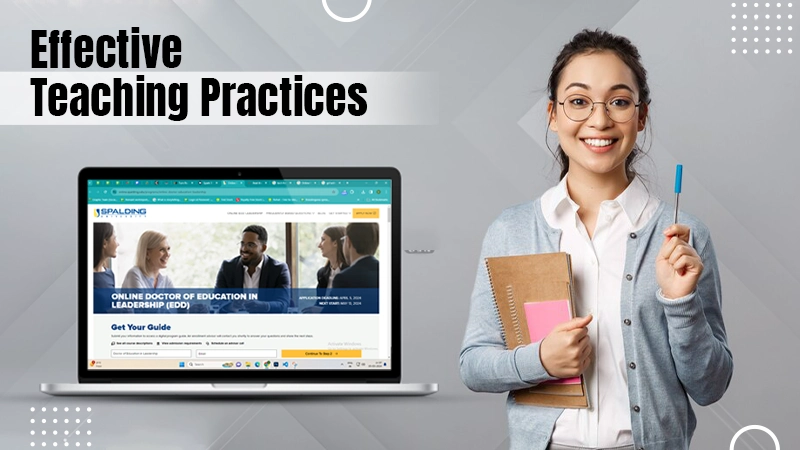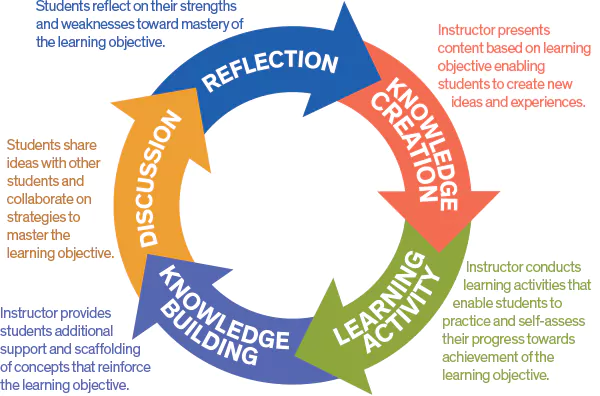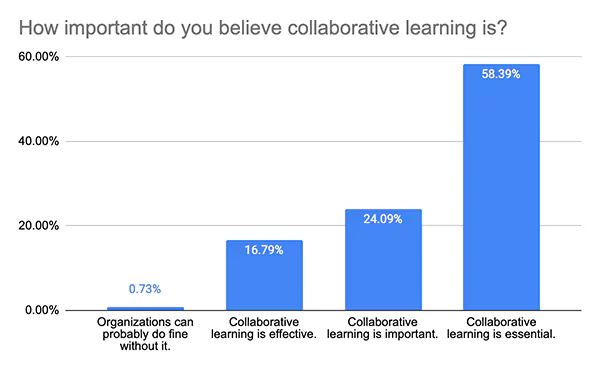
“No such thing as bad student. Only bad teacher.”
(The Karate Kid)
Teaching is a profession that requires educators to adapt different techniques and strategies to meet every child’s needs and help them climb the academic ladder along with their personal growth.
These methods and techniques are often designed to help students engage with the material, develop critical thinking ability, learn new skills, and most importantly apply these learnings in their day-to-day lives.
Educators can engage different learning styles and strategies to cater to the diverse needs of individual students.
For example, some students may learn best through visual aids, whereas others might find group projects a helpful way of learning. Here teachers can combine these learning styles to create a comprehensive learning environment.
in this read, we will explore the significance of engaging and effective teaching practices along with the methodology to create a comprehensive learning environment.
So, without further ado, let’s dive right in!
Understanding Engaging Teaching Practices

Students often perform better when the presented information resonates with them and as engaging teaching practices encourage active participation from the learners it makes it a paramount feature of an interactive learning environment.
Engaging teaching practices not only increases student retention but also helps them move to more critical thinking. This way the students are engrossed, challenged, and immersed in their lessons.
Cultivating Inspiration in the Classroom
Inspiration is the fuel of the artists, inventors, activists, and other creators, thus cultivating inspiration in a learning environment. This is why inspiring the students should be an utmost priority of an educator seeking authenticity, trust, and collaboration.
Inspire students by bringing real-life empowering examples into their consideration. For example, Nicola Tesla failed several times before his great invention of alternating current motors. So, teach them the courage to fail so that they can become the next big achiever.
Leveraging Technology for Engaging Instruction
“Technology can become the “wings” that will allow the educational world to fly farther and faster than ever before – if we allow it.”
– Jenny Arledge (Director of College and Career Readiness)
Incorporating technology into the learning process can be highly interactive and motivating for students. Using multimedia tools such as videos, animations, and interactive simulations provides an engaging and effective learning experience.
According to a study published by ScienceDirect, digital technologies enable educators to generate instructional materials more efficiently while offering novel methods for learning and collaboration.
Incorporating Active Learning Strategies
An active learning strategy is any type of activity during class that engages students in deep thoughts about the subject and enhances their critical thinking ability.
Active learning strategies transcend the passive consumption of the course content and enhance the problem-solving skills of students. It enables a collaborative environment while cultivating students’ cognitive flexibility and communication skills.
According to a study published by scientific research active learning methods also enhance memory retention by using activities such as reading, writing, discussion, and problem-solving an educator can promote analysis, synthesis, and evaluation of class content.
Did You Know?
There are more than 3 million teachers in the U.S. and approximately 51 million K-12 students to teach!
Role of EdD Leadership Programs
EdD leadership programs allow students to engage in doctoral studies while maintaining their current employment. Ed.D. leadership online programs utilize advanced technologies to provide high-quality instruction and collaborative learning experiences in virtual settings.
EdD leadership programs set leadership excellence with integrity and change-inspiring ability. It also fosters inquiry, reflection, and continuous improvement allowing participants to exchange ideas, share best practices, and build connections with diverse colleagues and mentors.
Collaborative Learning Communities

A collaborative learning community allows students of various learning styles to work together by encouraging them to express their ideas. Thus contributing to the student’s advancement in the learning landscape.
According to Indeed, collaborative learning comes with several striking benefits such as social interactions, and enhancing interpersonal skills like active listening and teamwork.
Besides this, it also boosts engagement and problem-solving ability while promoting diversity across individuals from varied backgrounds and cultures.
Empowering Educators as Agents of Change
Professionals take responsibility for their work beyond the immediate workplace and consider the long-term impact on society as a whole. Teachers are the key agents of change in the educational landscape that ensures that students get equal opportunities regardless of their ability and background.
Educators can enhance the student’s leadership capacities and pedagogical expertise through professional development, mentorship, and collaborative learning communities. And through this, they become the agents of change within the educational system.
Inspiring the Future of Education
One of the key roles of an educator is to inspire the future of education through engaging and effective teaching practices tailored to the child’s needs.
Teachers not only transcend the traditional pedagogical boundaries but also embrace innovation adaptability and empathy, which helps students further climb the success ladder and become a confident version of themselves.
Frequently Asked Questions
Ans: Effective teaching is described as the knowledge, strategies, and conduct of a successful teacher. It’s the ability to make a positive impact on a student’s life and academic career.
It also includes the educator’s ability to teach important skill sets, implement new concepts, and manage any classroom concerns.
Ans: Here are the 5 characteristics of highly effective teaching:
- Learning climate;
- Classroom assessment and reflection;
- Instructional rigor and student engagement;
- Instructional relevance;
- And knowledge of content.
Ans: The following are the types of teaching methods:
- Teacher-Centered Instruction
- Student-Centered/Constructivist Approach
- Differentiated instruction
- Game-based learning
- Technology-based learning
- Project-Based Learning
- Group learning
- Expeditionary learning
- Flipped classroom
- Inquiry-based learning
- Kinesthetic learning
- Role-playing
- Individual learning
- Problem-based learning